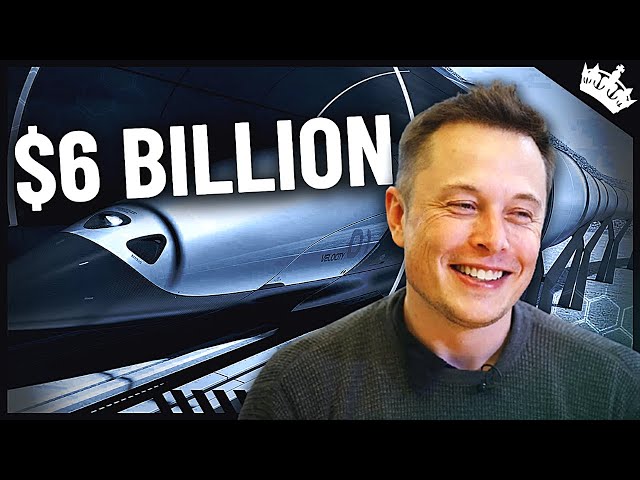Products You May Like
In a world where the demand for speed and efficiency in transportation continues to grow, Elon Musk has once again stepped up to the plate with an ambitious project: the Hyperloop. This revolutionary mode of travel promises to redefine the way we think about commuting, making what once seemed like a distant fantasy a tangible reality.
The Hyperloop concept was first unveiled by Musk in 2012, capturing the imagination of engineers, futurists, and the general public alike. Unlike any transportation system we’ve seen before, the Hyperloop features pod-like vehicles that glide through a low-pressure tube at astonishing speeds, reminiscent of a supersonic train. The potential is staggering; envision traveling from San Francisco to Los Angeles in a mere 35 minutes, drastically cutting down the time it currently takes—about 1.5 hours by car or over 3 hours by the conventional train.
Musk’s vision for the Hyperloop isn’t just about speed; it’s about creating a sustainable and efficient alternative to existing transport systems. By harnessing advanced technologies, including magnetic levitation and solar power, the Hyperloop aims to operate with minimal environmental impact, propelling passengers swiftly and inexpensively between urban centers.
So, what exactly makes the Hyperloop such a breakthrough? One of the primary innovations is its unique design, featuring pods that operate under low air pressure to reduce drag, enabling them to achieve high speeds without requiring excessive energy consumption. The proposed system also allows for a significantly lower cost of infrastructure compared to traditional rail systems.
As the Hyperloop concept gains traction, numerous companies are competing to bring this vision to life. Various prototypes are being tested, with some even achieving impressive speed records. This competitive landscape is further driving innovation and exploration in transport technology.
But the journey to making Hyperloop a reality isn’t without its challenges. Issues related to funding, regulatory approvals, and public perception must be navigated. Critics argue that building the necessary infrastructure will be time-consuming and costly, raising the question of whether a project with an estimated price tag of $6 billion can attract the investment needed. Nevertheless, Musk has proven time and again that he is unafraid to take risks and challenge the status quo.
While the future remains uncertain, one thing is clear: Musk’s Hyperloop has opened the door to possibilities that could change our daily lives. As technology continues to advance, and with public interest and investment swelling, the dream of fast, sustainable travel may not be so distant after all.
Stay tuned for more exciting developments in the world of intercity travel! If you found this deep dive into Elon Musk’s Hyperloop intriguing, don’t forget to like, comment, and subscribe for more updates. Your support means a lot as we explore the cutting edge of innovation together!
For further exploration, check out these insightful videos that delve deeper into the intricacies of the Hyperloop and its potential impact on future transportation. The ride is just beginning!
